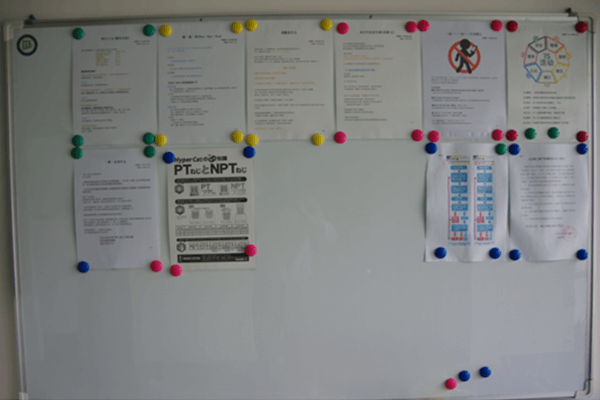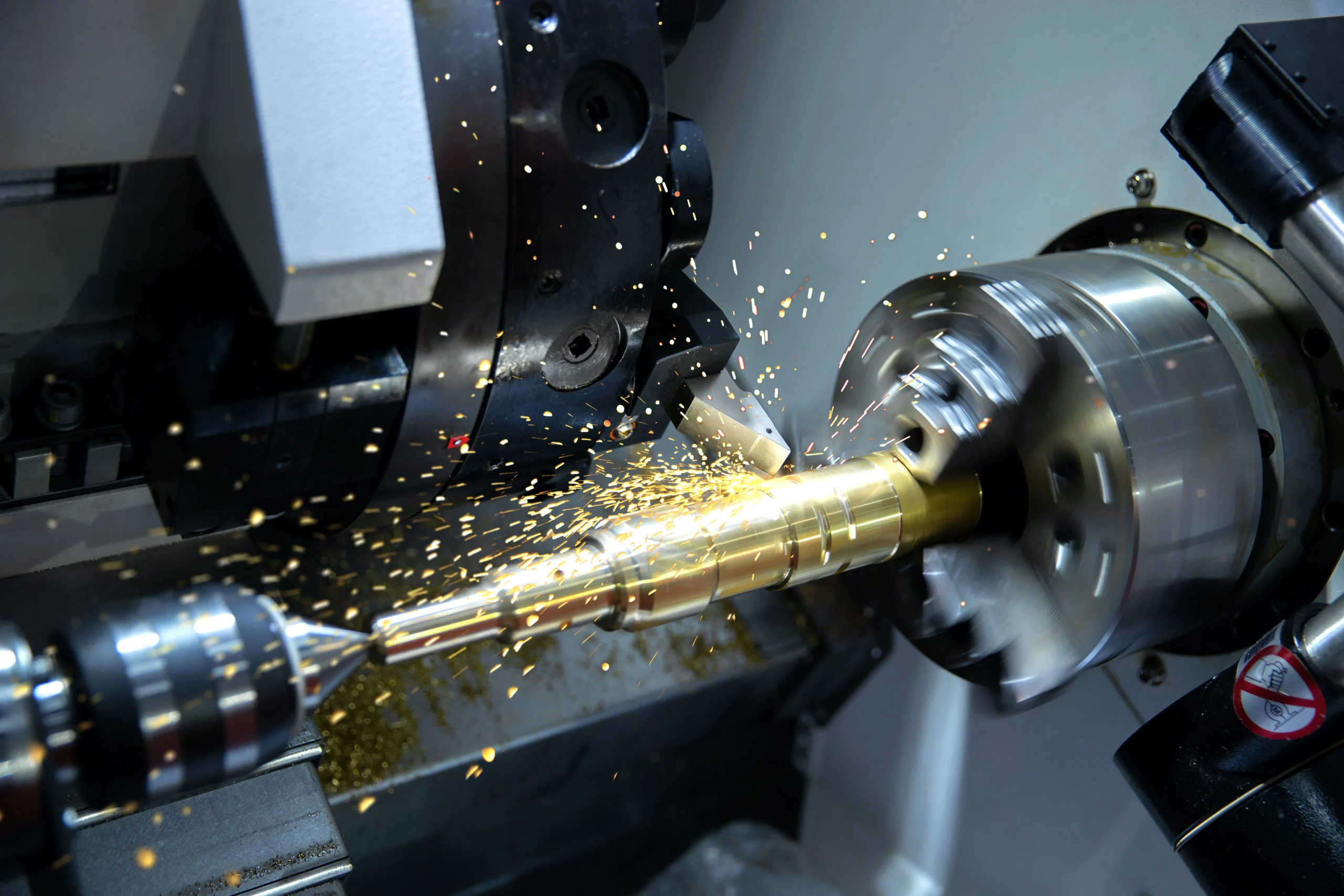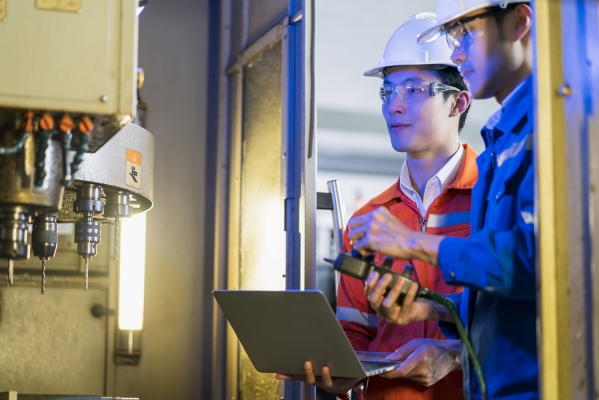Maching Finishes & Packaging
Surface Finishes for CNC Machining
Just-out-of-CNC machined metal parts naturally have visible tool marks, sharp edges and burrs. Apart from decreasing the aesthetic value, they may also have inaccurate dimensions and tolerances. In order to deliver a properly finished part, surface finish treatments are strongly recommended both in CNC machining.
These post-processing operations not only improve the strength of the material but also impart anti-corrosive properties and improve surface roughness.
Heat Treatments and Surface Finishes
The two most common post-processing operations used in the CNC machining manufacturing process are heat treatments (annealing, case hardening) and surface treatments (bead blasting, powder coating…). Applying the right surface finishes help improve surface roughness as well as the aesthetic and functional properties of the CNC machined parts.
Tempering
Tempering is a heat treatment method that is mainly dedicated to reducing the amount of hardness of metals. It involves heating the metal to a temperature below the critical point. The temperature is adjusted depending on the amount of hardness that needs to be reduced and it varies depending on the metal type as well.
In general, low temperatures reduce brittleness while keeping most of the hardness intact. Higher temperatures, on the other hand, reduce hardness and increase elasticity and plasticity but reduce some yield and tensile strength.
Gradual heating is recommended to avoid the steel being cracked. The metal is then held at this temperature for a fixed period. Steel alloys are prominently tempered for enhanced properties.
Case Hardening
Case-hardening or carburising is a heat treatment process which includes hardening the surface of metal while allowing the metal underneath to remain soft. As the name implies, carburising is inducting carbon or nitrogen into low-carbon alloys at elevated temperatures so that the hardenability increases.
This surface finish can be applied to the part before or after the CNC machining process.
Zinc coating / Galvanising
Galvanising is mainly associated with steel. Also known as hot-dip galvanising is a process of immersing steel in a bath of molten zinc, thereby coating the steel with multiple layers of zinc-iron alloy and zinc metal.
It is because the zinc chemically reacts with ferrous content in the steel and diffuses the coating perpendicular to the surface creating a uniform thick layer along the surface.
Packing
Each order also receives customized packaging instructions from the customer. Before shipping, the precision manufacturing company check all products with the condition of the packaging discussion and confirm in advance.


